Photos: Boeing’s Starliner spacecraft rolls out of factory – Spaceflight Now
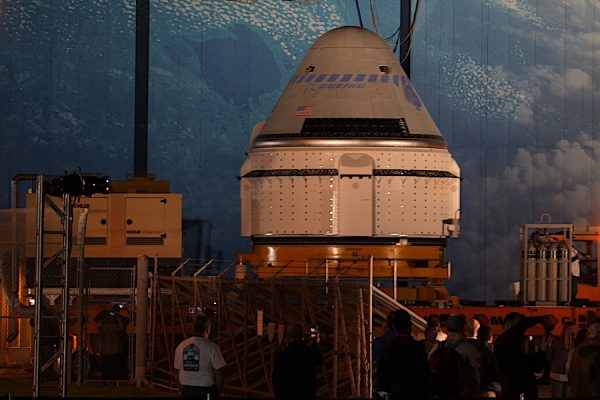
Boeing’s first Starliner spacecraft designed to fly to the International Space Station rolled out of a converted space shuttle hangar before dawn Thursday.
The 16.5-foot-tall (5-meter) capsule emerged from its factory around 6 a.m. EST (1100 GMT) Thursday to begin a journey of several miles to United Launch Alliance’s Vertical Integration Facility near pad 41, where the spacecraft was hoisted atop an Atlas 5 rocket.
Boeing and ULA teams paused the spacecraft’s transfer outside the factory for a brief ceremony and speeches. By Thursday afternoon, the spacecraft — fully fueled with hydrazine and nitrogen tetroxide propellants — was hoisted into the VIF by a crane and carefully placed on top of an adapter on top of the Atlas 5.
The fully-stacked Atlas 5 with the Starliner spacecraft stands 172 feet (52.4 meters) tall. It’s a new configuration for the Atlas 5 with a dual-engine Centaur upper stage and no payload fairing, a structure used to shield satellites during launch.
The Atlas 5 configuration is designated the “N22” because it has no payload fairing, two strap-on solid rocket boosters, and two RL10 engines on its Centaur upper stage.
Boeing assembled the Starliner spacecraft inside the Commercial Crew and Cargo Processing Facility, or C3PF, a converted space shuttle hangar that NASA turned over to Boeing after the shuttle’s retirement.
The Starliner spacecraft that rolled out of the C3PF Thursday will fly on a one-week unpiloted test mission to the International Space Station, proving out systems before the first crewed Starliner mission next year. Liftoff from pad 41 is scheduled for 7:47 a.m. EST (1247 GMT) on Dec. 17.
Read our full story for details on the Starliner’s rollout to the launch pad.
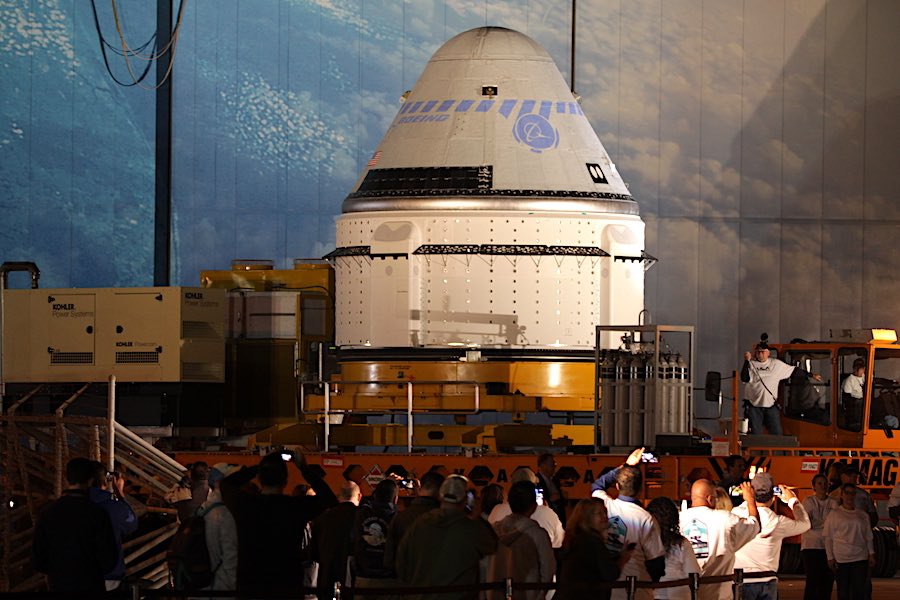

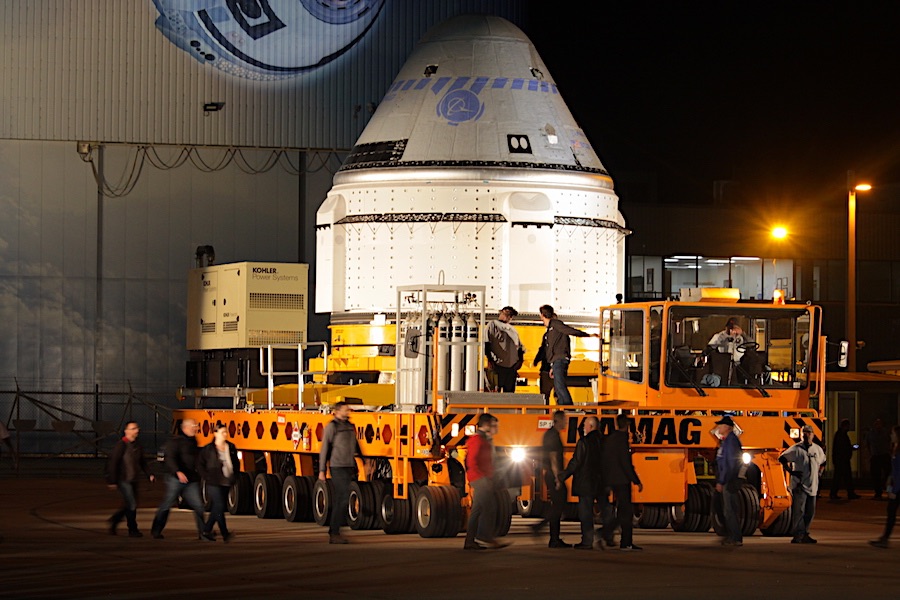
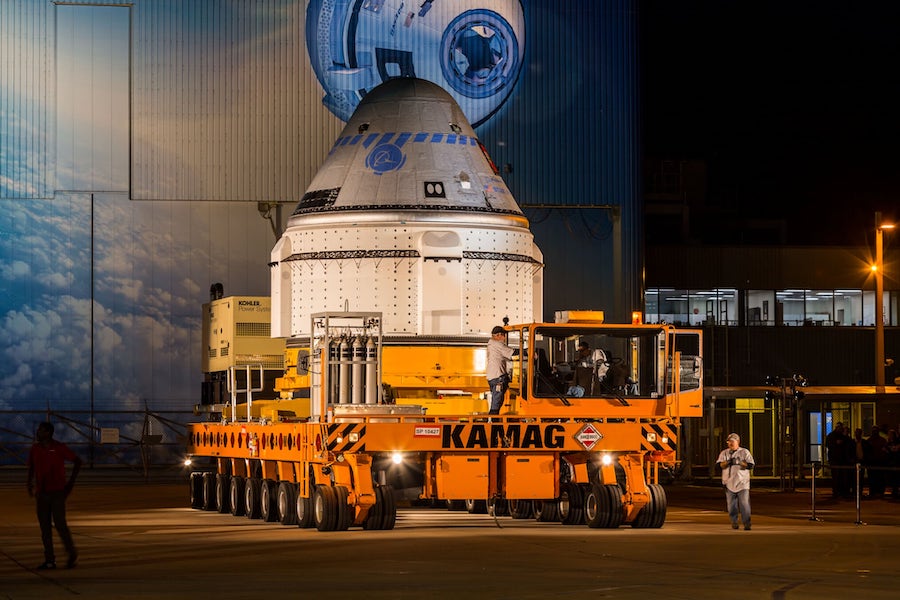
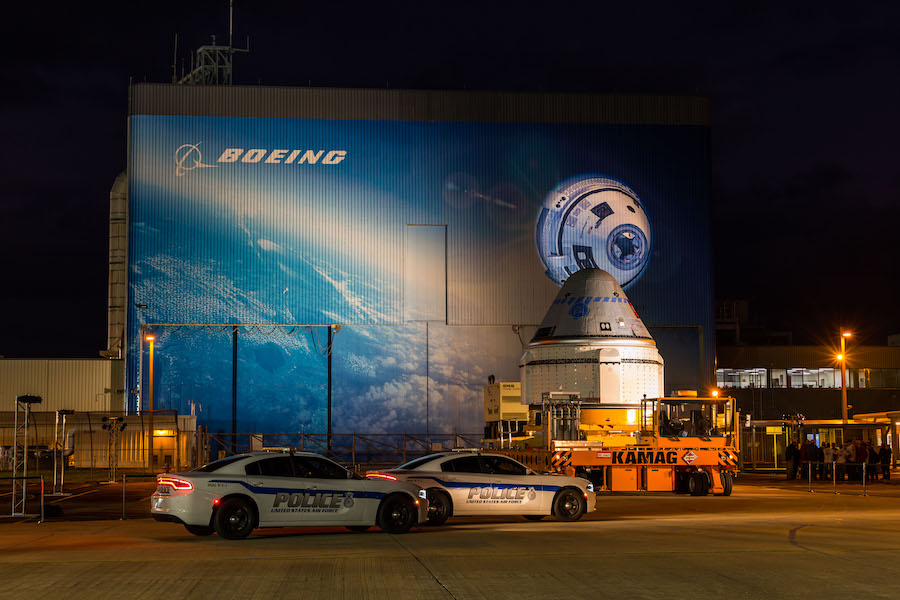
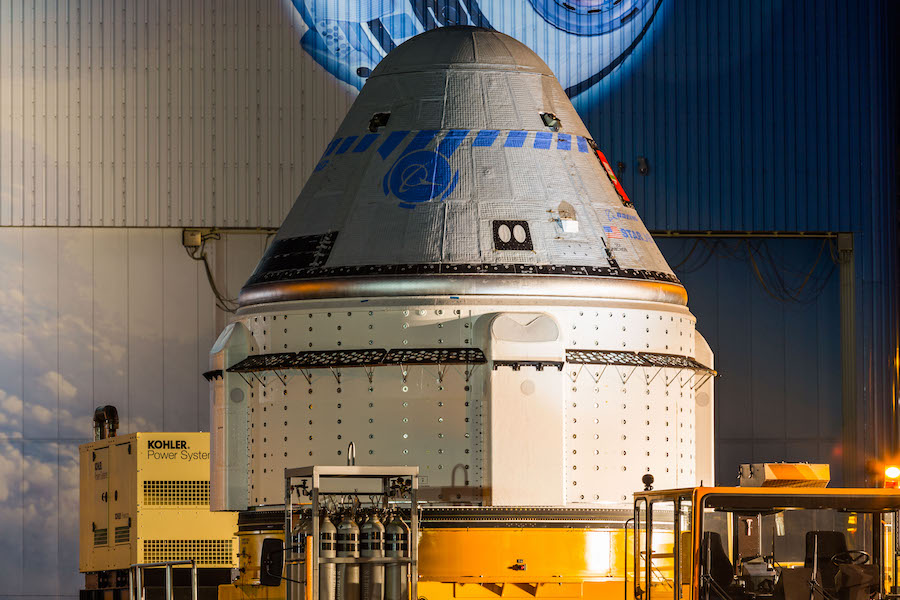
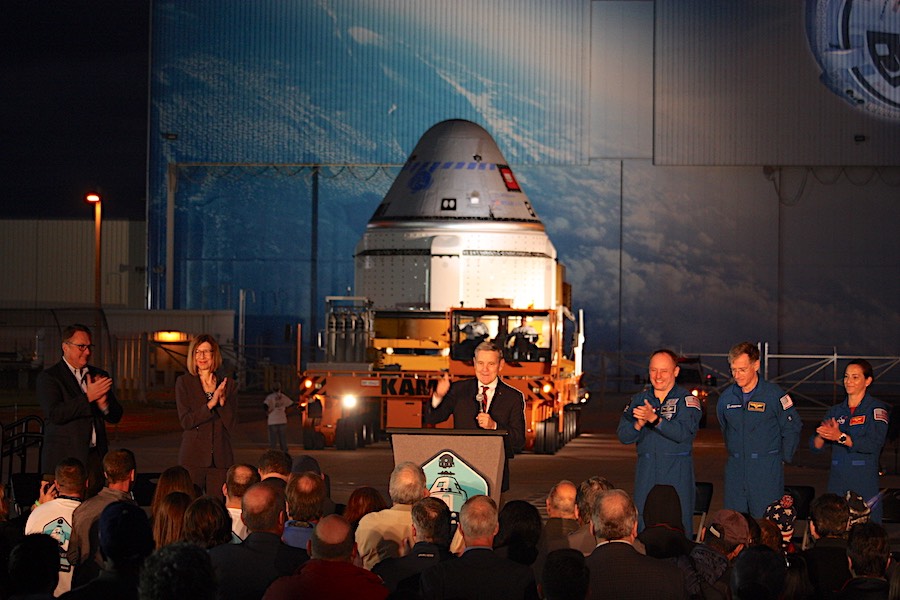
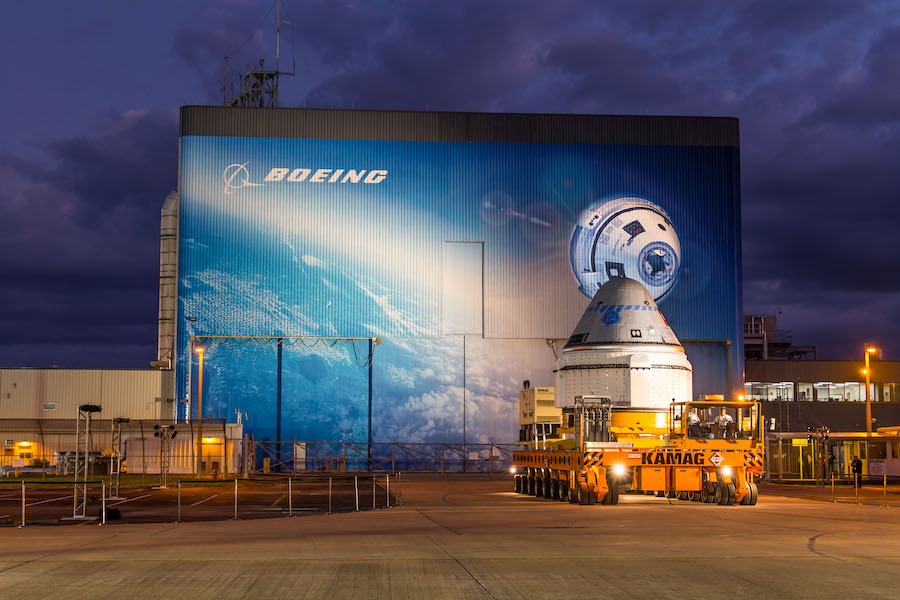
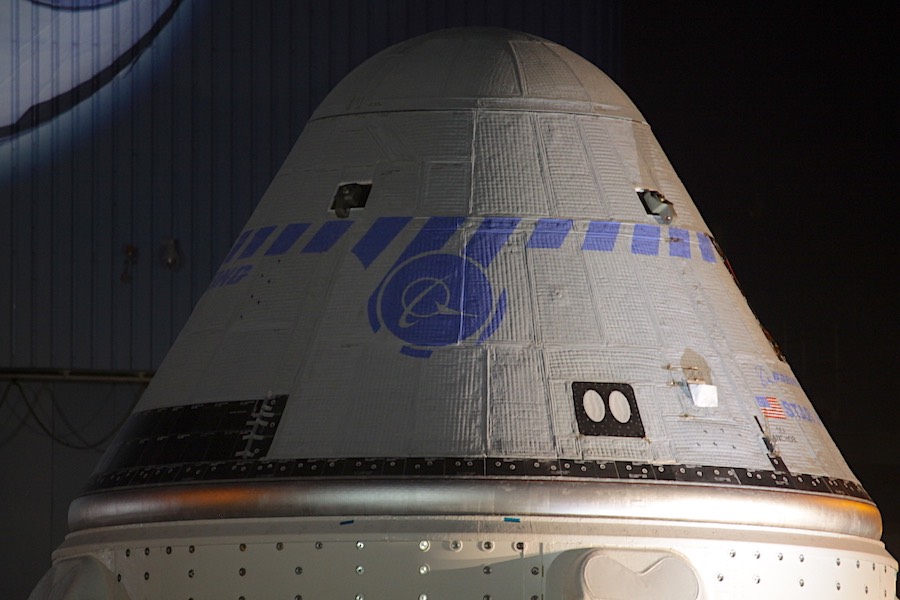
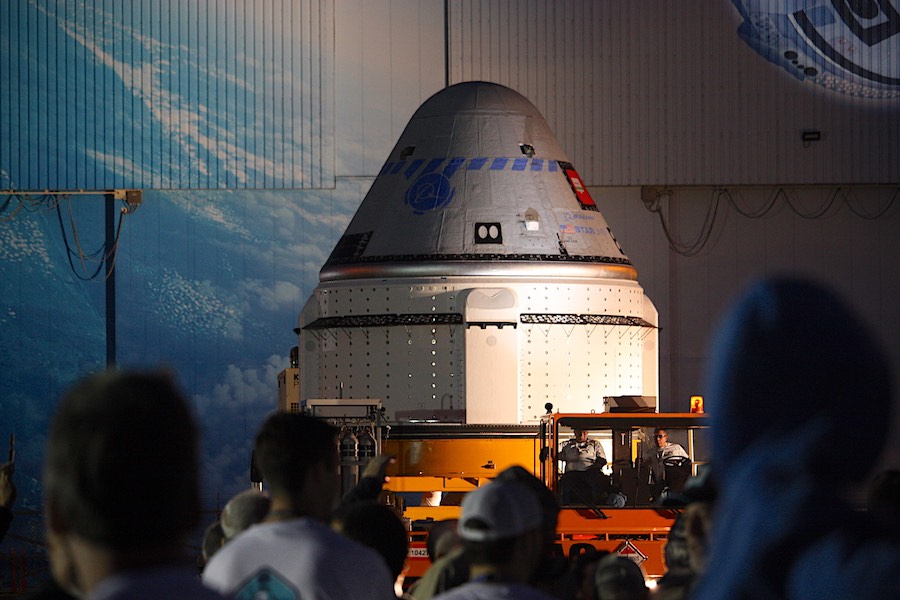
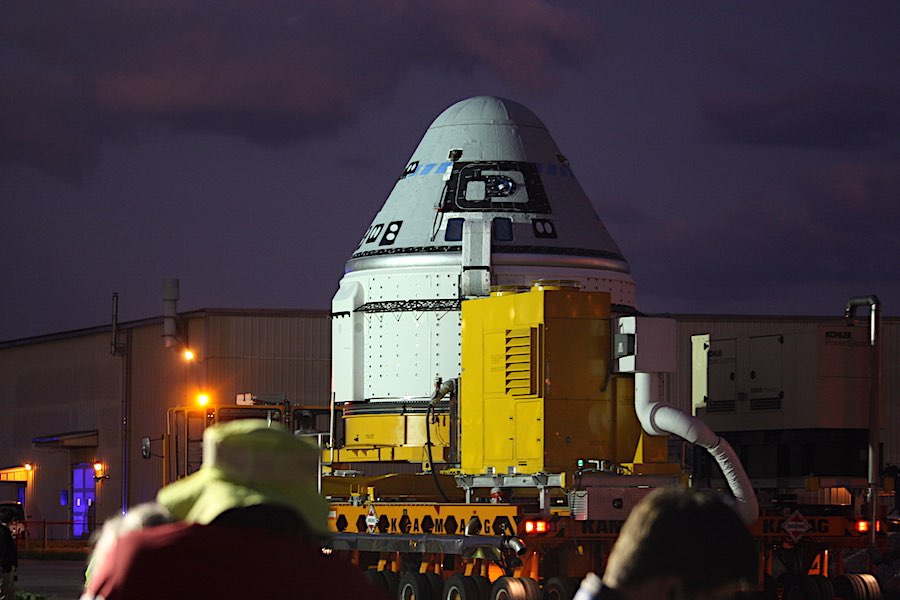
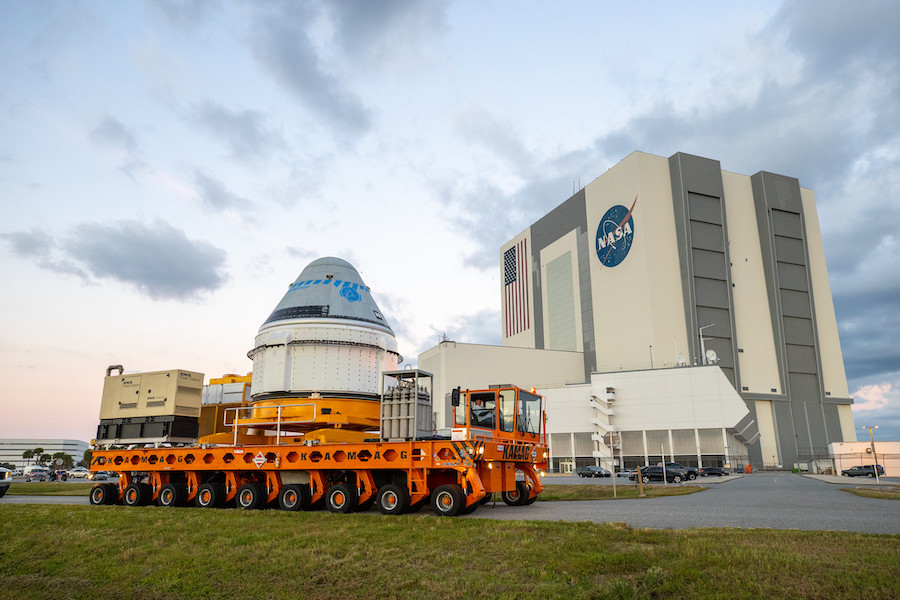
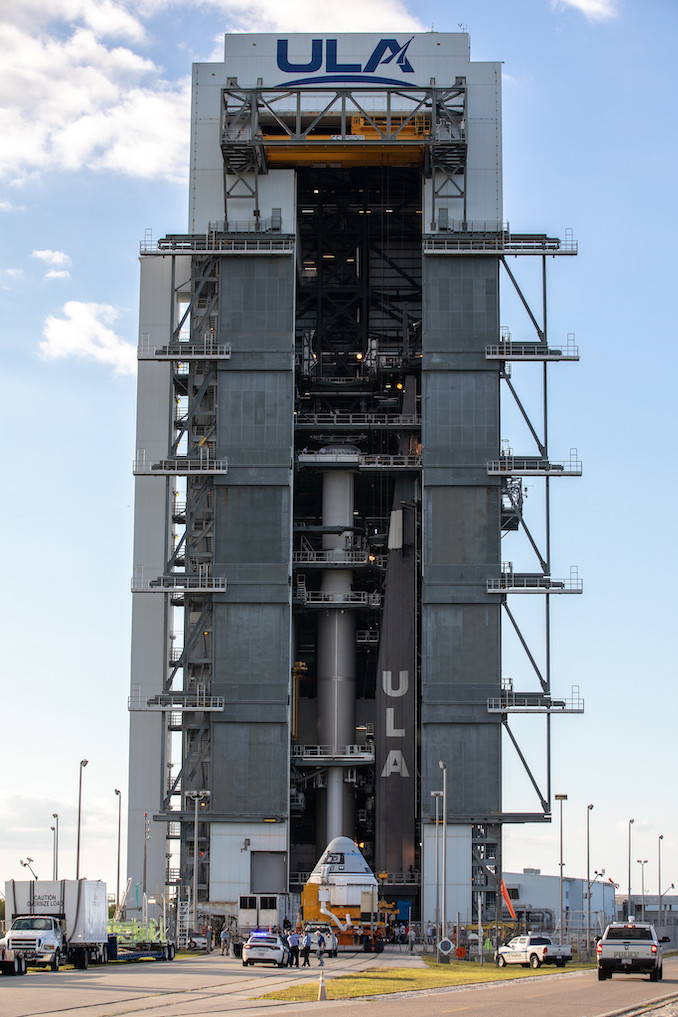
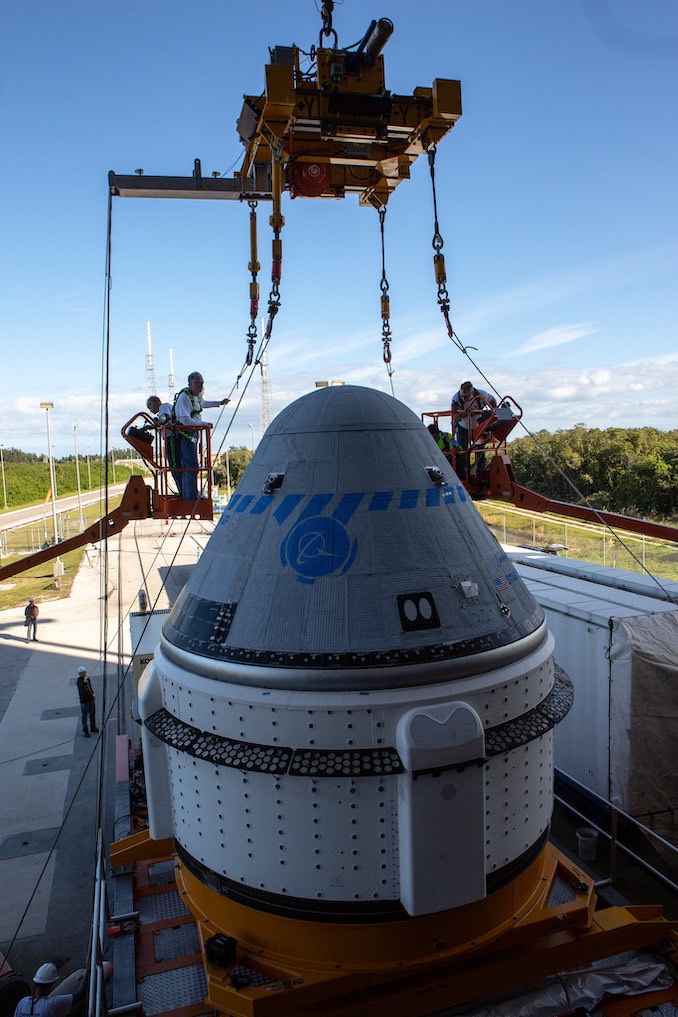
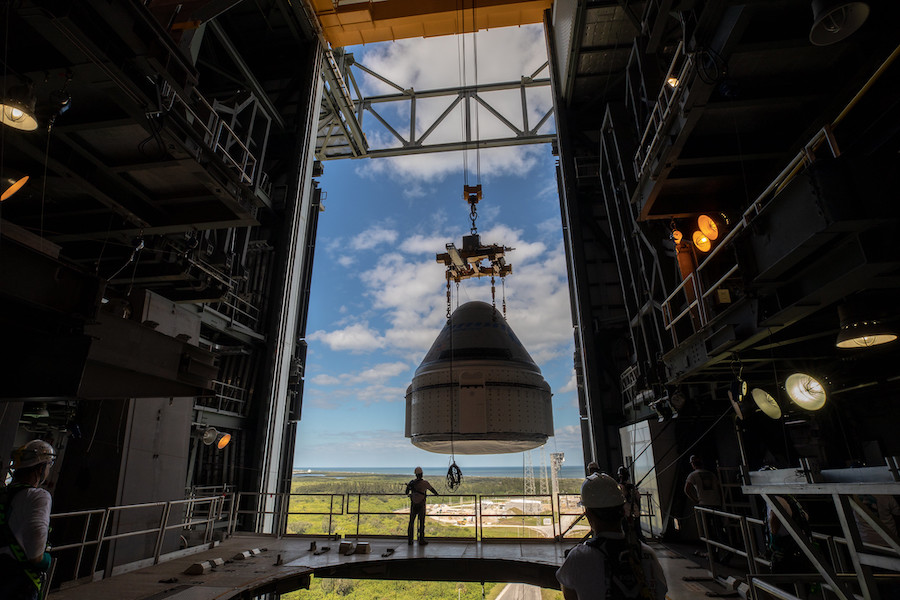
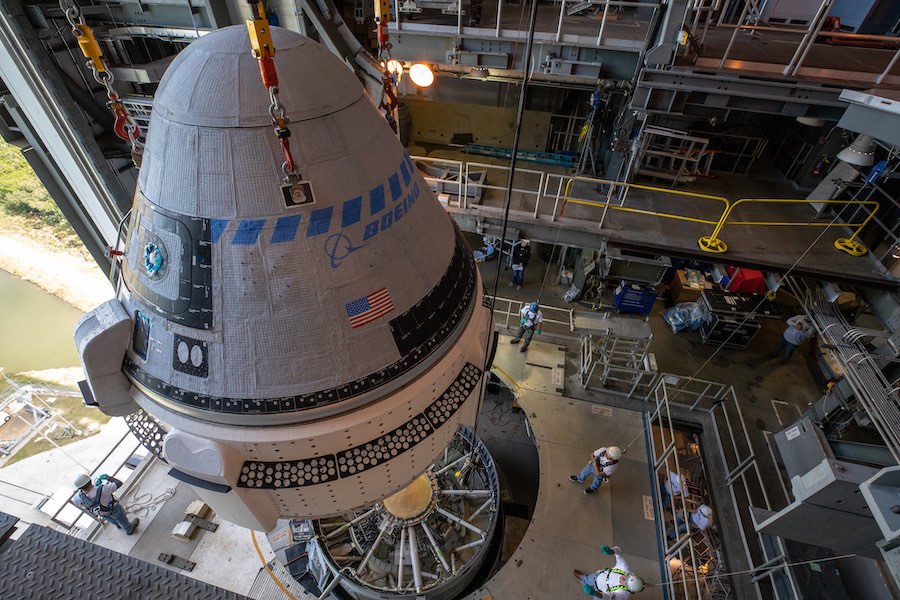
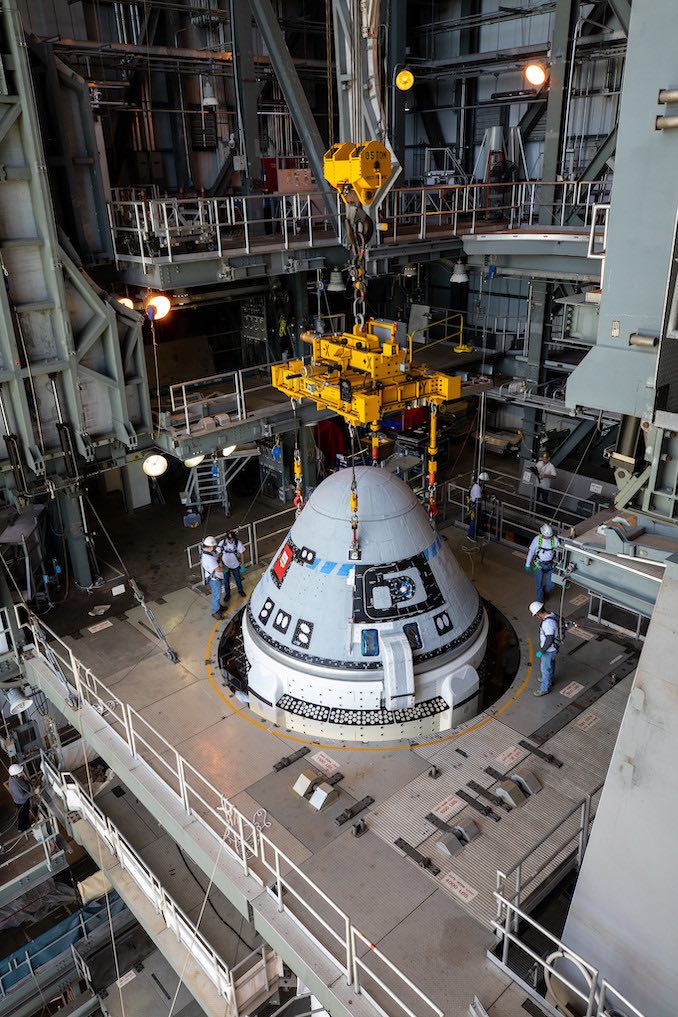
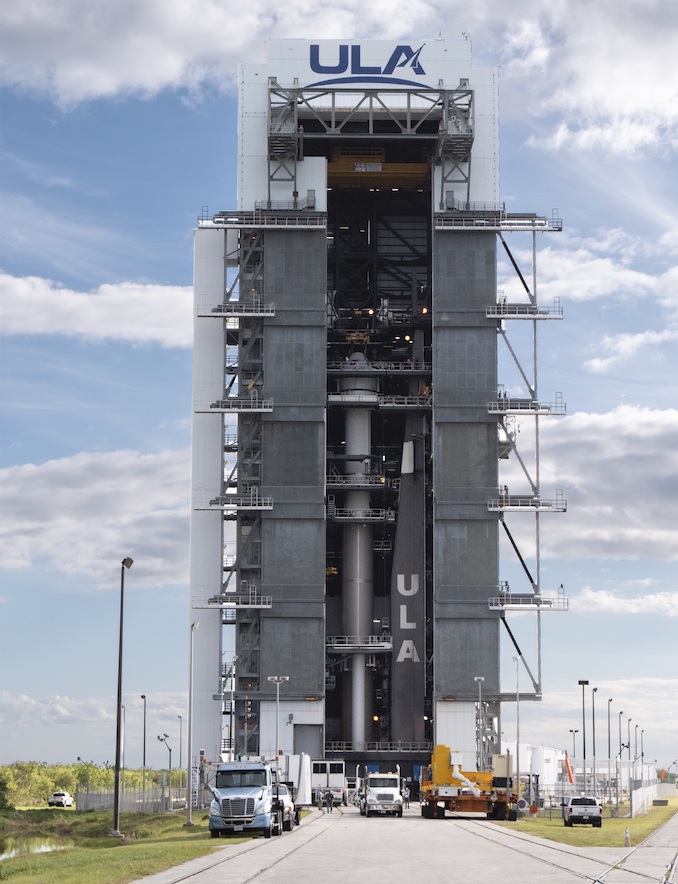
Email the author.
Follow Stephen Clark on Twitter: @StephenClark1.






